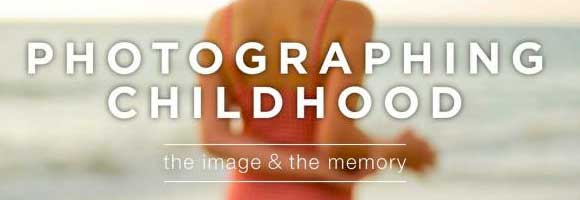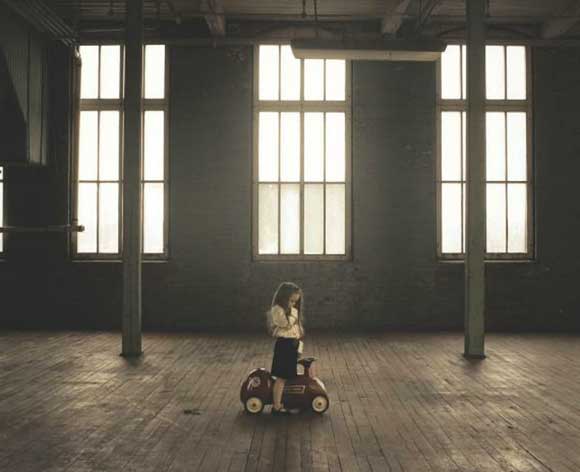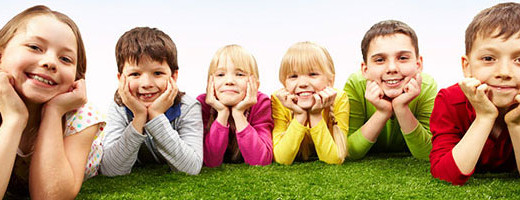Book Review: Photographing Children
0Taking photos of children is surely lots of fun and joy, but it’s still a very challenging type of photography because it is hard to control those full of power and energy creatures and make them stand still in front of your camera lens. Whether you are a professional photographer or not, taking photos of children in your family or as a job is a situation you will face during your photography career. However, a few tips and techniques can change your photos from amateur-looking into a professional look.

Photographing Children by Lanola Kathleen Stone is one of the essential books that you should read to take your children photography skills to the next level. Along with the amazing shots and examples, the book tries to cover all the necessary skills and situations you might face during children photography sessions and situations. The book has been published by FocalPress, which has a long professional history in publishing photography books.
The book, Photographing Children, consists of seven main chapters that cover the children photography process and provide photo examples that can help you better understand the photography workflow. Let us overview the different chapters in this book and the content covered in each chapter.
The book starts by discovering the basic concepts in the first chapter. This chapter covers the objectives and the different types of photo concepts, such as candid images, formal portraits and conceptual images. The second chapter digs a little into history to discover old photographers and their experiences with children photography. While moving forward to the different historical characteristics about photography, the book gives amazing examples of old photography. Then, the book discovers the history of famous photographers and examples of their work to give you an idea about how they work and their experience with children photography.

While the two chapters above are considered an introduction for the book’s main topic, the third chapter starts to discuss the practical sides of the workflow of children photography. In this chapter, you will learn about the different photography tools and equipments, such as the digital camera, light sources, light directions and more.
Chapter four moves on to discover the timeline of childhood starting from birth to school days. If you do not have any experience with raising children, you may want to go through this chapter because it will give you an idea about the different age categories of children. This will give you a better idea of which age you like to photograph and the characteristics of each age.
Then, the book moves forward to chapter five that focuses on memories and nostalgia. Memories are very important for children because they will remind them of their childhood when they grow up. This chapter discovers how to document children’s memories with your camera.
In chapter six, the book gives some practical experiences that are inspired by different photographers, such as Emmet Gowin, Sebastiao Salgado, Joyce Tenneson and others. For example, the author explores Takashi Homma from Japan and how the photographer’s work reflects the world the children live in. The photographer discusses the culture and way of life of the children in the photographs.

The last chapter of the book covers post processing after taking your children photographs. In this chapter, you will learn about storing images, printing images and sharing them.
In general, the book gives useful information about taking children photographs that can help you to take professional photos of children of different ages. The information in the book flows smoothly and you may need to complete each chapter in order to fully understand all of its information.
This book assumes that you have basic photography knowledge. Thus, it does not cover basic photography concepts, but gives information for intermediate photographers.
You can get the book from Amazon store. If you have already read this book, feel free to share with us your experience about it and the pros and cons that you have found while reading it.




